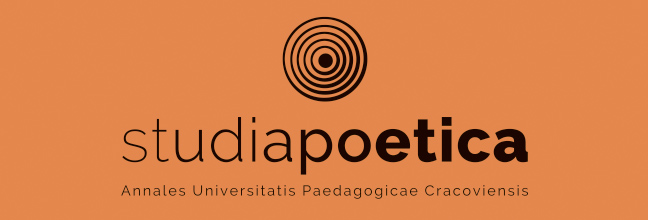Przemiany w strukturze agrarnej powiatu Dąbrowa Tarnowska w okresie Drugiej Rzeczypospolitej.
Main Article Content
Abstrakt
Due to lack of larger manufacturing plants and source natural resources the Dąbrowa district belonged to the majority of districts in the Cracow Voivodeship in which agriculture was the main source of income for most of the inhabitations.
In the interwar period, disadvantageous changes took place in the agrarian structure of the district. The number of farms of the area lower than 5 ha, taht is below self-sufficiency level, increassed from 80% in 1921 to 87% in1939. On the one hand, land divisions increased the number of small farms, on the other, they burdened many farms with credits that were taken from numerous institutions to discharge liabities to other family members. the agrarian reform did not, and could not, improve the situation of most of the farms.
The gret rural property that kept using traditional farming methods also did not manage to protect itself from the consequences of the crisis. the steps that were undertaken to medernize the farming were neither sufficiently consequent nor well-thought-out. Thus, properties were seriously indebeted and some of them were prceled out or sold. As L. Ręgorowicz said: "The collapse of the great rural property is measured by the fact that when the war becgan in 1939, 14 out of 24 estates belonged to jews, and only 10 to Poles".
The enumerated drawbacks of the agrarian structure considerably influenced the way of farming and the economic situation to the local people. In mamy respects, small-scale agriculture in Dąbrowa was devoid of contacts with the market and was characterized by numerous features typical for natural farming.
Article Details
|
